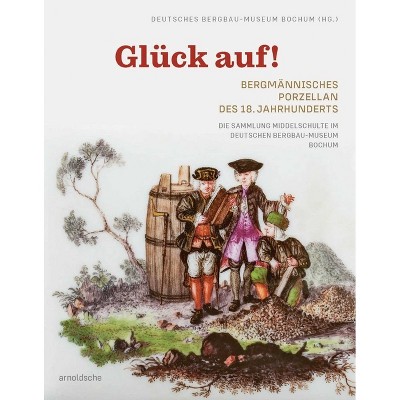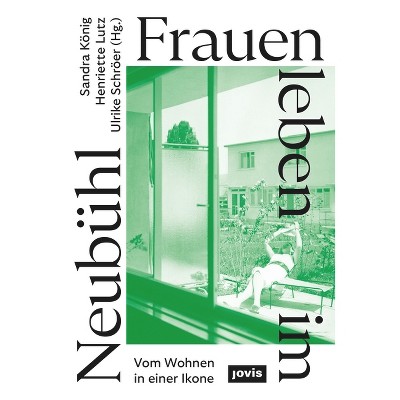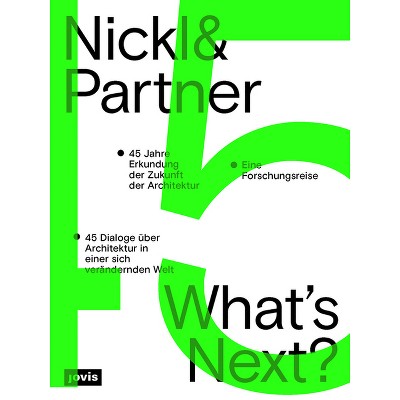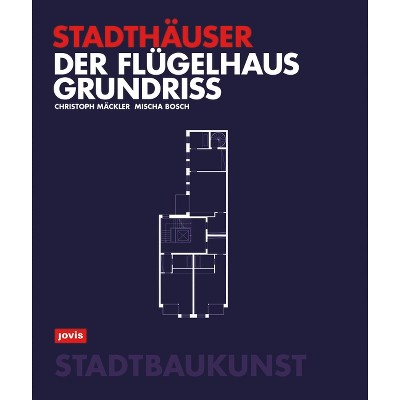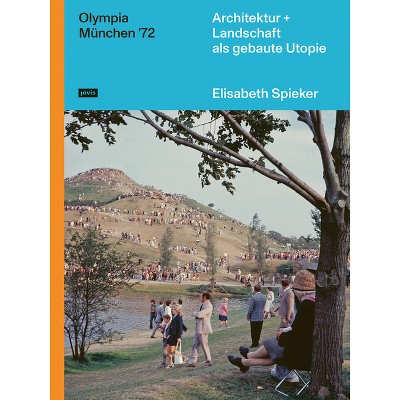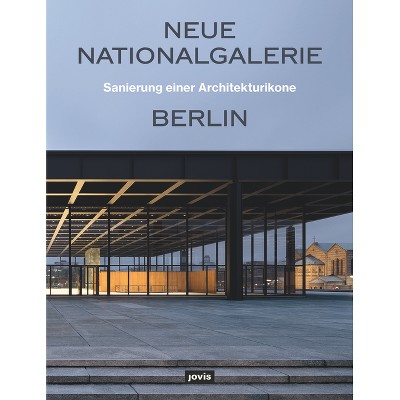Sponsored

Sakralität Im Wandel - by Beate Löffler & Dunja Sharbat Dar (Hardcover)
In Stock
Sponsored
About this item
Highlights
- Over the past decades, the religious spaces in German cities have grown in number.
- About the Author: Beate Löffler is a senior lecturer at TU Dortmund's Chair of the History and Theory of Architecture.
- 304 Pages
- Architecture, Individual Architects & Firms
Description
Book Synopsis
Over the past decades, the religious spaces in German cities have grown in number. Alongside established institutions, new voices are jostling for participation in the engagement with and the coexistence of different religious ideas--and their architectural expression.
Using Jewish, Christian, and Islamic religious buildings as examples, this book documents the sacral-topographical changes since 1990 both quantitatively and qualitatively. Focusing on the struggle for urban visibility, the book provides an important contribution to the overarching question of how architecture can be both an expression of social order and affect social dynamics.
About the Author
Beate Löffler is a senior lecturer at TU Dortmund's Chair of the History and Theory of Architecture. Following her studies in architecture, art history, and history, she completed her doctorate on Christian church architecture in modern Japan. Among other things, her research deals with architectural cultural transfer in a global context, the role of religious spaces in modern societies, and knowledge transfer in architecture.
Dunja Sharbat Dar is a research associate at the Centre for Religious Studies (CERES) at the Ruhr-Universität in Bochum. Following her combined undergraduate degree in the study of religion and Japanese studies, she is currently doing her PhD on modern Christian church spaces and religious practices in Japan. Her main research areas are religion and space, Japanese religion(s), popular culture, modern religion, and social research methods and theories.
Shipping details
Return details
Frequently bought together
Trending Non-Fiction











